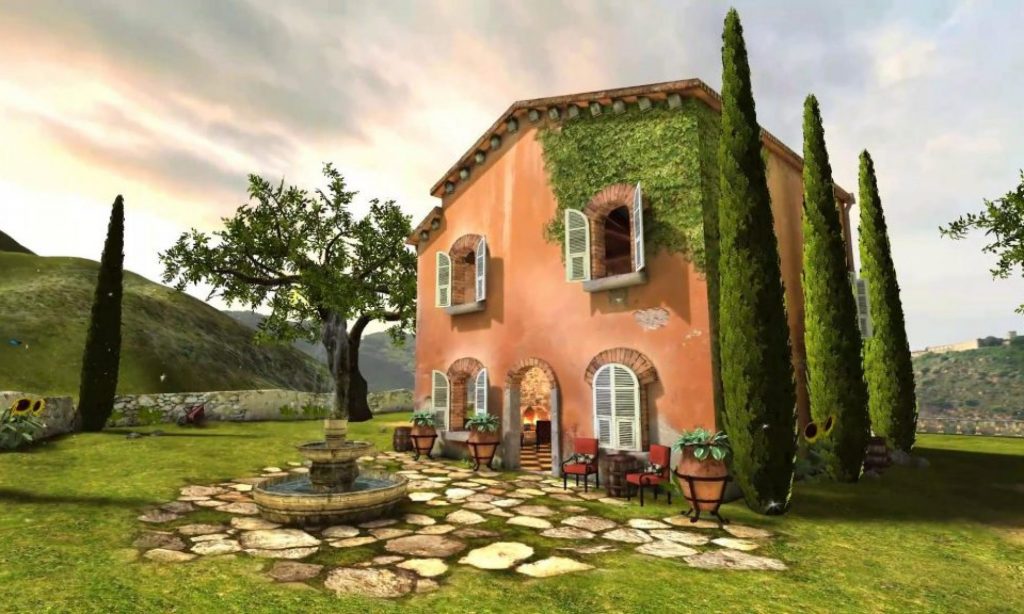This final week before the end of the unit we dove into a little bit more art history.

Some classic immersive art like panoramic paintings such as those made by Robert Baker. A classmate brought up that they had visited some similar paintings that had blended with 3D objects in the space merging the line between the paintings and the audience.
This brought to mind virtual reality pop-ups and arcades that use objects like boxes to create the boundaries of the play area, in reality, matching those in the virtual reality or having real sand beneath the user’s feet. Also, the Meta (Oculus) Quest 2’s new passthrough feature where the line between AR and VR is blurred with MR.

We Looked at Romanticism and how paintings that portray this art movement prefer to depict scenes in a way that emphasises emotional feel and impact. With few concerns on how plausible it is in our reality only that the viewer has suspension of disbelief and that the scene maximises its emotional feel.
In an exercise, we thought up a “never ended VR story” based on this Wanderer above the Sea of Fog.
I wrote “The man climbed down from the craggy rocks making sure not to dirty his freshly washed clothes. As he makes his way down into the fog he falls on his knees scuffing and tearing his trousers. He wades through the fog searching for his lost lamb. Sometimes finding a gap in the fog. He would clamber up out of the fog to listen for the lambs cry’s that are dampened by the fog. He worries that if he tears up his clothing he would have to retreat home to put on a new set of clothes before coming back another day to return the lost lamb to its herd. He rushes because he worries that predators will find the lamb before he does. Returning home would allow the opportunity to rally help from his family and friends in a search party before setting out. Collecting supplies to aid in the search for the lost lamb.”
I liked the idea of Gamifying this narrative into some sort of Rough-lite game. personally, I find the setting of misty Craigs very familiar to the emotional mimics the emotional response I have to my Scottish home. In thinking about creating such a scene I had an idea for a perspective change in VR.
Continuing to use the painting as a reference, You see the man as an NPC. He has a pair of binoculars around his neck just the same as you the VR player. As you pick up your own binoculars he mirrors your hand, not one to one with your controller but in Keeping with the binoculars target. looking where you look matching your gaze. Bringing up the binoculars to your face would narrow your peripheral vision and as you remove the binoculars it transitions the man to your First-person perspective.
I went looking for tutorials for how to do binocular effects however the only examples I have found at this time are for scopes on guns and that seemed like a bit of a Cunningham’s Law. I’m looking for more of a transitional effect like the ones used in Tender Claw games.
I’d love to try and come up with more unique and specific techniques for transitioning perspectives in VR.
I should also note that I found Frederick Kiesler’s remarks about infinite space (here) ring true to the power of VR and I think he would be a fan.
Edit: I need to look into first and second-order reality more because I didn’t quite understand the distinction.
